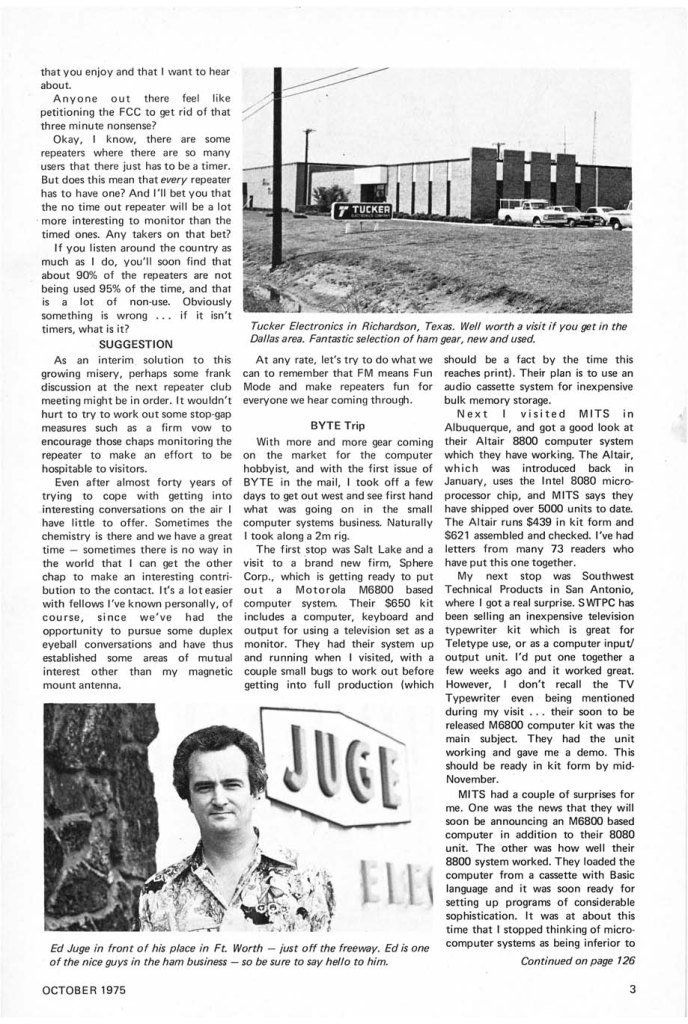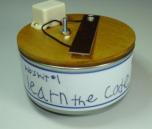Five good Rules for the QRPer
thanks to lars oz1bzm
Peter Ve3HG can confirm that you can work a ton of DX in contests with just 5 watts. Sure it takes a bit of skill but its worth it
Five good Rules for the QRPer
![]()
During my years as a QRP operator, I have gained some experience. On this page, I would like to share this experience. My main interest in QRP are CW and DX. The rules below will reflect this scope.
§ 1 Avoid a defensive attitude
- I can’t work DX using only 5 watts and a wire dipole
- I have to be grateful for achieving just a few contacts with QRP
- It is impossible to participate in a contest with QRP
Do these expressions sound familiar? My experience negates them all. A defensive attitude is a big enemy of QRPing. In fact, you can have a lot of fun and work a lot of DX with flea power. The only difference between QRP and ‘normal’ power (100 W or more) is your signal strength. Your QRP signal will always be 2-3 S-units weaker than the ‘normal’ signal. This means, that under some (bad) conditions, 5 W is simply not enough to establish communication, where the guy using 100 W will be succesful. Having said this, all other factors are equal. Your receiver, your antenna, your proficiency in CW, your knowledge and experience regarding propagation are 1:1 comparable with your QRO counterparts.
My point is: Avoid a defensive attitude due to using QRP. Do not be selfconscious using QRP. Weak performance is not reflected in the power level. Weak performance is being a bad operator, lacking propagation knowledge or transmitting bad sounding signals.
§ 2 Learn and use CW
CW is the preferred mode for most QRPers. Set yourself a personal goal: I want to be a skilled CW operator. This requires practising, both off-air and on the bands. It took several years for me to acquire the needed skills. A good off-air training program after having passed the morse test is a very good idea. You set your own speed both in sending and receiving, and you feel safe because no one hears your mistakes. A complementary way of practising is to be on the air. This part gives you operational skills. You will learn to deal with interference and fading and to read unorthodox (i.e. bad) CW, which is sent by some stations.
§ 3 Listen carefully
Listen carefully on the bands and identify every station you hear. Listen both for the strong and the weak stations. I am often pleasently surprised when getting a response from a weak station which I call. If you are the only station on his frequency, your signal strength is not important.
European stations like me are often fooled into not calling a weak DX-station because we hear loud local stations nearby. We believe, that our signal is too weak for the DX-station to hear. But the DX-station may not hear the same as we do, because the loud locals may beam towards us and may not even be heard by the DX-station. So don’t avoid the weak DX-signals. Give them a call!
§ 4 Participate in contests
Is DX more difficult to work in contests than in normal operation? No. My experience is, that a major contest brings you more DX-opportunities during 48 hours than several months of normal hunting on the bands. Contest participation is recommended if you want to increase your country total quickly. The rare (or semi-rare) countries are easier to work in a contest, because the pile-ups are smaller, especially on the second day.
Some hints for those having little experience in contesting but wanting to increase their country total:
- Try a minor contest before targeting a major. Here in Europe, the bi-yearly “Original QRP Contest” is a fine place to start. The pace is human, the tone is friendly and only a few hundred QRPers participate.
- Hunt for new countries and for unconfirmed countries. Don’t worry about your eventual low score.
- Don’t be afraid of a station sending fast CW. Take your time to read the call and the contest exchange. Write down the serial number. When you jump in, you know what number you will be given. Send your contest exchange at a comfortable speed without errors.
- Change band according to the propagation. Choosing the right band at the right time is a science in itself. But a multiband effort will probably increase your chances of success.
- Be active on both days of the contest. Saturday may show good propagation while Sunday yields bad results or vice versa.
- Submit your log in the QRP class or as a checklog.
§ 5 Build your own equipment
The proudness being on the air using a piece of homemade equipment can not be described. It is a really good feeling. You should allow yourself to experience this. In these days of “credit-card-bying-power”, nothing beats to control airwaves by your very own homebuilt equipment. Let me suggest a watt-meter, an antenna-tuner, a transmitter or even a complete transceiver! The Rock-Mite is one example of a simple transceiver for the 20 meter band.
Operating: How do I avoid weak performance on the air?
Generally, it is not necessary to sign /QRP when calling a station. If he hears you, you will usually get an answer. Your callsign, your clean and pleasant sounding signal and your good operating technique are more important than your signal strength. An exception: Sometimes it is an advantage adding /QRP to your call in order to attract attention!
When the initial contact is established, it is not necessary for the QRPer to send his report, name and QTH three or more times. Under normal band conditions, this info should be sent once or twice. If repeating unnecessarily, you anticipate your signal being difficult to read. If it actually is difficult to read, the other station will tell you by requesting the missing information.
The same applies to contest exchanges. Send exactly the same short exchange as the high-power operators. Again, if something doesn’t get across, the other station will request it.







